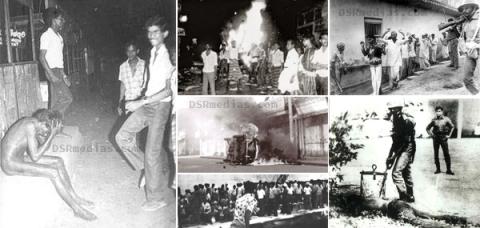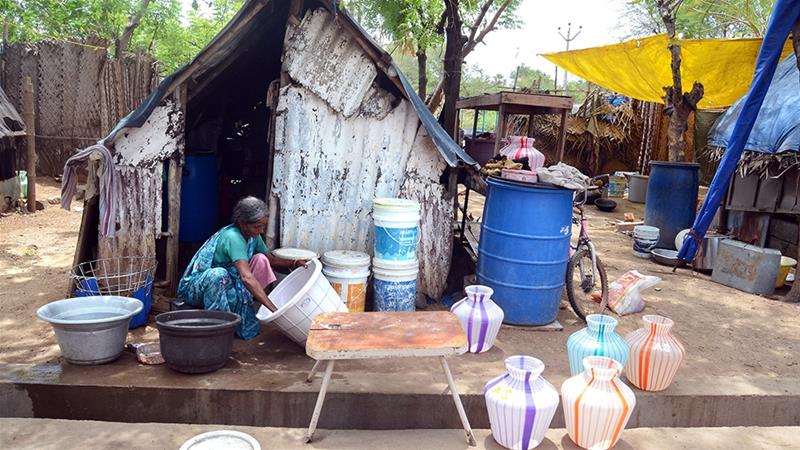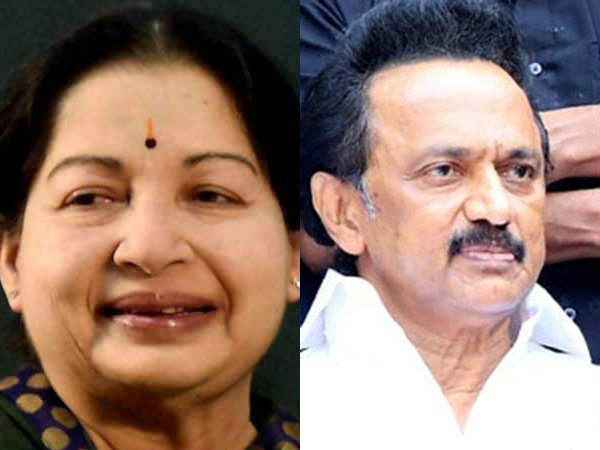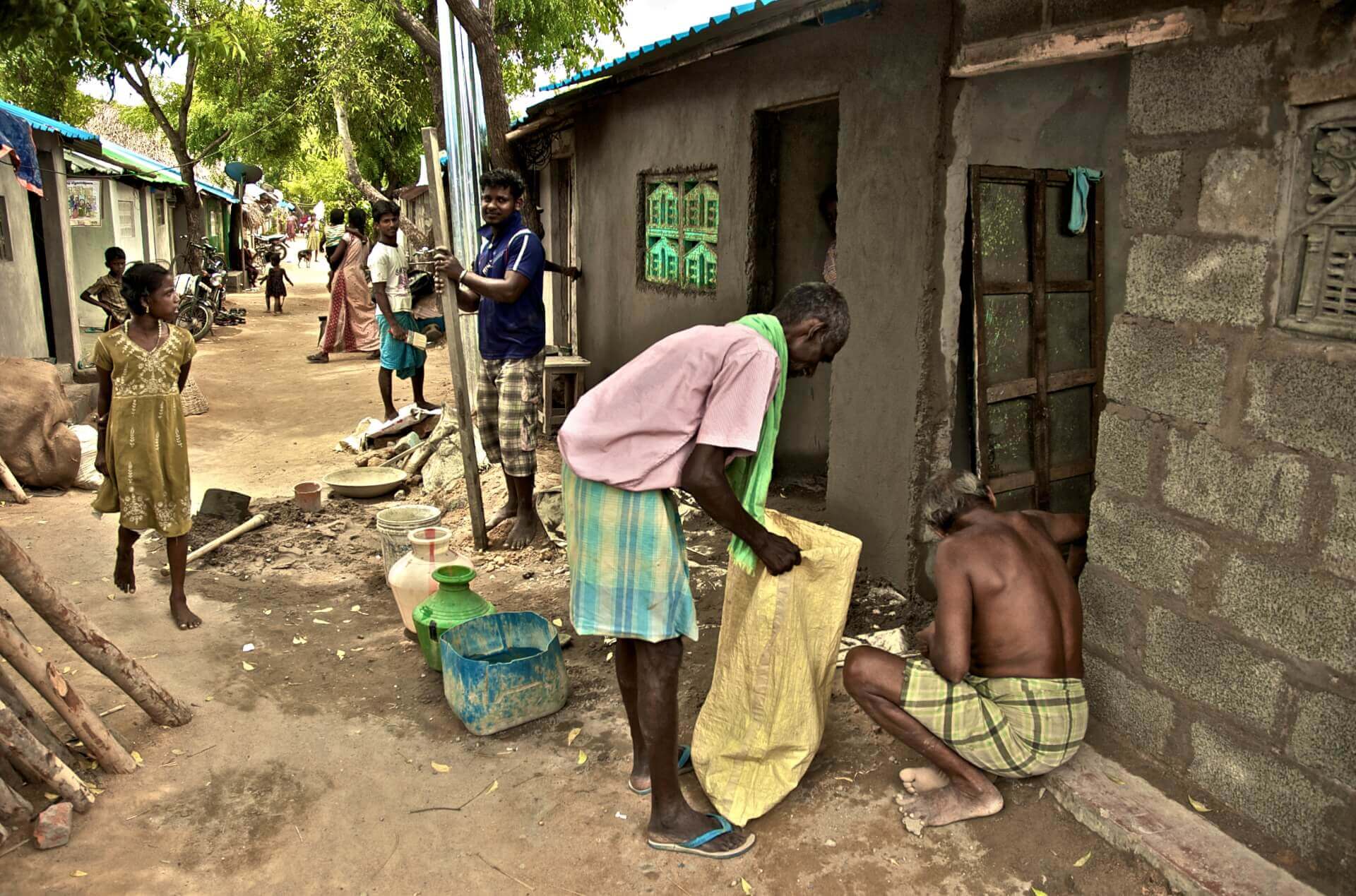On the surface, India’s Citizenship Amendment Act (CAA) was passed to offer citizenship to persecuted religious minorities—Hindus, Parsis, Sikhs, Buddhists, Jains, and Christians—who arrived in India from Afghanistan, Bangladesh, and Pakistan before December 31, 2014. Upon closer inspection, however, the exclusionary nature of the act, and the hastiness with which it was enacted, is laid bare. Much has already been written about how the government rolled out this ill-conceived plan that potentially adds another layer of structural Islamophobic discrimination alongside the National Register of Citizens (NRC), which now places stricter requirements on Muslim residents to prove their citizenship and avoid deportation. Aside from its obvious underlying religious motives, what is less discussed, perhaps, is how, in a hasty effort to appease its far-right Hindutva voter base in its intoxicated post-electoral victory haze, the government has inadvertently excluded thousands of non-Muslim, and indeed Hindu, refugees—namely, the Sri Lankan Tamils.
There are roughly 100,000 Sri Lankan Tamils in India, with around 19,000 families, or 60,000 people, living in 107 camps across Tamil Nadu, making them the largest refugee group in the country that is residing in camps. They are of both Sri Lankan and Indian origin, and the vast majority of them are Hindu. The arrival of Sri Lankan Tamils can largely be traced back to three big immigration movements in 1964, 1983, and 2009.
The first influx, in 1964, came after Indian Prime Minister Lal Bahadur Shastri and his Sri Lankan counterpart Sirimavo Bandaranaike inked an agreement that would allow roughly 800,000 people, who held neither Indian nor Sri Lankan citizenship, to become citizens of the country of their choosing. Ultimately, it was decided that 300,000 would be granted Sri Lankan citizenship, and 500,000 would be repatriated to India. The majority of those who chose Indian citizenship were the descendants of people who were taken from India to work in the Sri Lankan tea and rubber plantations as indentured laborers under British colonialism during the 18th and 19th century. A similar follow-up agreement was drafted in 1974 between Bandaranaike and the erstwhile Indian PM Indira Gandhi, to account for the 150,000 people who were excluded from the original Sirima-Shastri pact. This process took close to two decades and, while many received Indian citizenship as promised, the procedure was left unfinished, leaving many arrivals stateless. In fact, by 1981, only about 280,000 had been repatriated to India, and by 1982, the Indian government no longer considered the pacts to be binding.
The second wave of immigration came after the Black July event in 1983, when the Sri Lankan government launched an anti-Tamil pogrom after the Liberation Tigers of Tamil Eelam (LTTE) killed 13 Lankan soldiers in an ambush. The resulting violent Sinhalese mobs and riots resulted in deaths of up to 3,000 Tamils and the displacement of over 150,000. This is widely considered to be the beginning of the civil war, and forced several Sri Lankan Tamils to seek refuge in neighboring India during the 80s and the 90s. 
The third and last wave of immigration of Sri Lankan Tamils to India was during the final stages of the civil war, which ended in May 2009. Under the pretext of defeating the LTTE, the Sri Lankan armed forces enacted brutal violence upon tens of thousands of innocent, unarmed Sri Lankan Tamils. Facing genocide, many once again hitched a boat ride to India. Those who came after Black July and during the final stages of the war were considered “illegal immigrants”.
These refugees now live in absolute squalor, with just a single 10x15 room allotted to each family. The camps they live in lack basic sanitation or security, and the dwellings they take shelter in are often just thatched houses that are held together using tarpaulin sheets. Camp inmates receive a measly monthly allowance from the state government—Rs 1,000 for women, Rs 750 for men, and Rs 450 for children. The state also provides free education for children up until 12th grade. Residents in the camps can purchase rice for 57 paise per kilogram (kg), wherein each member of a family above the age of eight is allowed to buy a maximum of 12 kg of rice per month. The camps keep strict attendance: inmates cannot leave Tamil Nadu and even need permission to travel outside of their district, whereby they must request the approval of the village assistants, or thalayaris, to receive a recommendation from the Village Administrative Officer (VAO). This recommendation must then be approved by the District Revenue Inspector (DRI), who is “in charge of the refugees”, and be sanctioned by the Rehabilitation Revenue Inspector (RRI) and a Tehsildar cadre officer. Inmates also say that they are often barred from talking to the media.
As stateless people, they cannot register marriages or births or accumulate more than Rs 2 lakhs in assets. Simultaneously, job opportunities are limited, both within the camps and outside; thus, the majority of inmates are daily wage laborers in “menial jobs”. As refugees, they don’t have the documentation required by employers in the formal industry, making government and private sector jobs unattainable.
While refugees can choose to register their refugee status with the local police station in order to live outside the camps, they are still required to report to that station on a regular basis. Roughly 30,000 have taken this option, and while this does afford them greater freedom of movement, they are still unable to secure the documentation required to lift themselves out of poverty. Moreover, by leaving the camps they forfeit the monthly allowance that they would have otherwise received.
This dystopian fate has been thrust upon not only the immigrants but more than 25,00 children who were born in the camps. Aside from the physical and financial toll, this seemingly unending existence as refugees also has huge mental repercussions. The stigma surrounding refugees has left Sri Lankan refugees feeling unwelcome in their new home, with many complaining that locals treat them poorly due to suspicions that they are viduthalai puligal, or Tamil Tigers. Even when they aren’t being seen as Tamil Tigers, they still have the indelible and pejorative tag of agadigal, or refugees, glued to their foreheads, serving as a marker to other them from the local population.
Many of them would prefer to return to Sri Lanka and had never planned on living in India permanently. However, with the re-emergence of the Rajapaksas at the helm of Sri Lankan politics, two of the chief architects of the Tamil genocide, this possibility is looking like an even more distant dream. Indeed, even if they do choose to go back, they don’t have anything, anywhere, or anyone to go back to. Since the end of the civil war, the Sri Lankan government has been seizing properties and land in the Northern and Eastern provinces, where the majority of Tamils live. In an interview with Huffington Post, one refugee in the Mandapam camp said, “There is nobody to welcome us back in Sri Lanka now.” Another inmate concurred, saying, “We lost everything in the war. And we started life from scratch here. This is our land and going back is impossible.” Moreover, even if these preconditions for repatriation to Sri Lanka were met, Tamils are still being discriminated against on the island nation, the same situation they sought to escape when they came to India. 
The first step is for India, international actors, and the United Nations Human Commissioner for Refugees (UNHCR) to work with Sri Lankan authorities to address concerns of security, land, livelihood, education, and reintegration. India, for instance, can use Sri Lanka’s debt repayments and the newly discussed $400 million Line of Credit it has extended to its southern neighbor as leverage in such negotiations. One of the primary concerns of the refugees is the upward social mobility of their children. University education is often unattainable for Tamils in Sri Lanka, with preference being given to Sinhalese students. However, given how the present Rajapaksa administration continues to honor the soldiers who enacted Tamil genocide as “heroes”, and refuses foreign interference or commentary on its internal matters, it is unlikely that Sri Lanka will be willing to facilitate the kind of welcoming environment that would incentivize or enable the repatriation of Sri Lankan Tamils from India. It is telling that only about 3,000 have chosen to go back to Sri Lanka.
However, many of the refugees grew up in India; by their own admission, there is an “entire generation that has no idea what Sri Lanka looks like”, and thus cannot contemplate “starting from scratch” in a country that has historically been unwelcoming of them.
Therefore, India’s policy cannot solely revolve around pressuring Sri Lanka to take these refugees back. Thousands wish to remain in India and gain citizenship and become contributing members of Indian society. Therefore, local integration must be a parallel strategy alongside repatriation. In fact, by granting citizenship to these refugees, the Indian government could save upwards of $17 million per year. By training them for higher-skilled jobs and perhaps even subsidizing their higher education, it is possible to engender the kind of upward social mobility that would reduce the burden on the government and work towards eliminating the social stigma that surrounds Sri Lankan Tamils’ refugee status by cementing their ‘Indianhood’. Till date, these refugees are still considered “illegal migrants” according to the Tamil Nadu Rehabilitation Department.
One solution to facilitate their escape from poverty has been to give hundreds of Sri Lankan Tamil repatriates Scheduled Caste (SC), Scheduled Tribe (ST), Other Backward Class (OBC), minority certificates. However, this has only been extended to the Tamils who came in the 60s and 70s. The majority of these residents have a much closer linkage to India given that their forefathers were forced to work in Sri Lankan tea and rubber plantations by British colonialists in the 18th and 19th centuries. In fact, several of these residents have already obtained Indian citizenship as part of the 1964 Sirima–Shastri Pact and the 1974 Sirima-Gandhi Pact. However, not only were several of these repatriates not given Indian citizenship, there were several thousands that came after them— namely those who arrived after the Black July event in 1983 and towards the end of the civil war in 2009—who are still considered refugees or illegal immigrants.
A proposal for dual citizenship has been doing the rounds in Tamil Nadu politics for years now, and was first introduced by the late Jayalalitha who represented the All India Anna Dravida Munnetra Kazhagam (AIADMK) party as the chief minister of the state six times. In fact, during the 2016 Assembly election campaign, she promised to urge the central government to implement this plan. The current chief minister, Edappadi K Palaniswami, also of the AIADMK, has spoken with Amit Shah on this matter as well, and claims that the Home Minister promised him that the “question of the Tamil refugees would be considered soon”. However, these promises are hardly trustworthy, considering that the AIADMK joined the BJP-led National Democratic Alliance (NDA) and put its weight behind the Citizen Amendment Bill in both houses of Parliament. In fact, the Chief Minister of Tamil Nadu has even parroted the questionable sloganeering of Modi and Shah, saying that the CAA “will not impact any Indian living in India, whichever religion they may profess”. 
In light of these developments, it appears that the opposition, Dravida Munnetra Kazhagam (DMK), led by Muthuvel Karunanidhi Stalin has now taken up this cause. However, this passing of the guard seems more opportunistic than genuine. As activist Thirumurugan Gandhi says, “Tamil Nadu politicians, be it Jayalalithaa or Karunanidhi, are not champions of Tamils. They call themselves as people fighting for Tamil cause. But they have not moved their finger a bit against the Indian state's oppression of the Tamils.” Ultimately, as the DMK spokesperson Manu Sundaram has himself said, “dual citizenship [...] is something that only the Central government can make [a] decision on”. While the state government can press the central government to consider these changes, the bulk of its responsibility rests in improving the state of the camps that the refugees are crammed into.
Citizenship is granted at the discretion of the Union of India, through the Parliament and the executive branch of the government, under Section 5 and 6 of the Citizenship Act, 1955. Accordingly, several refugees have submitted their Form 6-1 to receive permanent citizenship, but the process is long and arduous, and many have yet to even hear from the officials concerned. However, thousands fled Sri Lanka in a daze, trying to escape death, and did not have the time or the privilege to worry about documentation. Moreover, some refugees have even told of how “due to the sudden influx of people who arrived by boat, their documents could not be checked properly. The TN government intimated the issue to the Centre. The Centre then directed the state to receive everyone, and decide about their citizenship later. This is what we have heard. And on this basis, no one was given citizenship.”
This situation, it seems, has only been prolonged by the passing of the CAA, and potentially even paves the way for deportation. Thankfully, in December, Union Finance Minister Nirmala Sitharaman has allayed fears of deportation by saying that there will be a mechanism to provide citizenship to Sri Lankan Tamil refugees through further amendments to the act. She said, “This Citizenship (Amendment) Act is an attempt to provide people with a better life. We are not snatching away anyone's citizenship, we are only providing them that.” However, when the bill was being drafted in February, then the Ministry of Home Affairs told the Joint Parliamentary Committee that Sri Lankan Tamil refugees must prove that they were oppressed on the basis of their “race, religion, sex, nationality, ethnicity, or being a member of a particular group”. In the past, this same rule has been used to deny citizenship to Sri Lankan Tamils. However, this ignores that Sinhalese nationalism is closely associated with their Buddhist national identity, and while some Tamils are indeed Buddhist, the vast majority are Hindu or Christian, and thus should be covered under the CAA as persecuted religious minorities.
Also Read: The Wounds of Sri Lankan Tamils Can’t Heal So Long As the Rajapaksas Are in Power
The CAA was arguably enacted to satisfy the Islamophobic cravings of the Hindu right, as evidenced by the blind, unquestioning, vociferous, and often violent support those same supporters have given to an act that neither they nor the politicians crafting it have a complete understanding of. The fact the finance minister has to clarify doubts on citizenship, statehood, and immigration makes it clear that the CAA is a poorly and recklessly conceived plan. The motives for implementing the act may be guided by the Islamophobic undercurrents that guide the Bharatiya Janata Party (BJP); however, what is more telling is that the legislation leaves out tens of thousands of Hindus, the very people the ruling party is sworn to protect. The BJP became mired in an impulsive bid to create an exclusionary policy and seemingly became more transfixed on who to leave out, rather than focusing on who to include. In doing so, refugees who have been here for over half a century have become an afterthought. The concerns of over 100,000 people shouldn’t be addressed in a post hoc amendment to the act; rather, they should be central to the composition of the document. Therefore, given that some Sri Lankan Tamils have waited over 56 years for Indian citizenship, the Indian government cannot be taken at face value when it says that it will now be offering what has been demanded for decades. Moreover, when one considers the lengths to which the BJP has gone to explicitly exclude Muslims, perhaps the exclusion of the Sri Lankan Tamil refugees was not an oversight, but an intentional decision.
India cannot leave tens of thousands of refugees in limbo for decades. One option is to work with international actors and organizations and the Sri Lankan government to facilitate their repatriation to Sri Lanka or their resettlement elsewhere. The second option is to offer them citizenship so as to not prolong their suffering and keep them waiting in the hopes of finding a new home. In all likelihood, India will have to adopt a combination of these approaches as it cannot depend on the Sri Lankan government to drive its decision-making processes, and more importantly, many of these refugees consider themselves Indian, whether or not they are citizens. By offering citizenship to those who want it, the Indian government can not only ease its financial burden, but also accrue diplomatic capital as a protector of human rights.
As one inmate of the Pooluvapatti camp in Coimbatore says: “We didn't set foot here to live permanently. When we came, we came as refugees. We have come to Tamil Nadu, India just as refugees all over the world enter a country. We came here with the intention of going back to Sri Lanka. We wanted to go after the situation became peaceful. We have stayed here for 30 years, our children are all grown up, our parents, who we came with, have passed away. Tomorrow, if we send our children to Sri Lanka, how will they live? What do they know about Sri Lanka? Either they should give us citizenship here or send our children to Sri Lanka when we are alive so we can show them how to live. After that, even if something happens to us, we can be confident that our kids will manage.”

